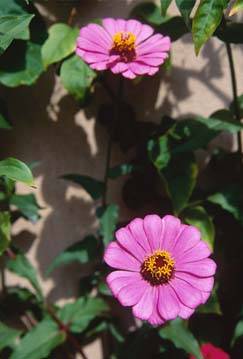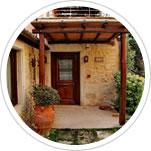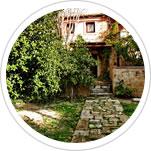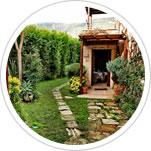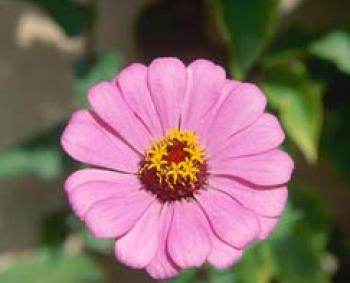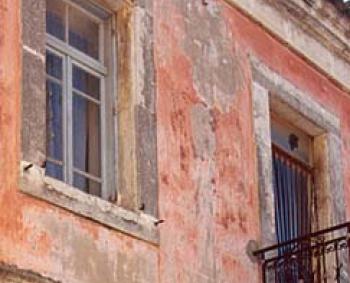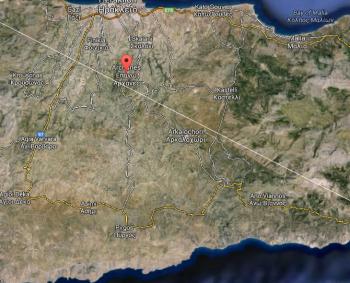Climate
Archanes has a typical Mediterranean climate, consisting of mild winters and dry summers, although there is intense humidity during summer nights. Rainfalls are regularly average (600-800mm per year) and intensify between November and March, while snowfalls are relatively limited even on the mountains.
Vegetation
The area's vegetation belongs to the Mediterranean zone of oil trees and carobs. The mountain is bare of trees and covered with dry twigs. It is a botanical heaven of approximately 400 vegetable species, among Crete's exceptionally various flora.
There are 21 species of endemic plants in Crete. Some plants, such as the wild carnation and the Hypericum jovis, grow exclusively on Giouhtas and Prinia. Many of them are edible, while some others have great pharmaceutical properties. The area around Giouhtas is mainly agricultural, consisting of oil trees and vineyards.
Geography
Mount Giouhtas lies within a distance of 3km western of Archanes and 18km southern of Herakleion. It has a total stretch of 4000000m2 and is elongated with a direction from north to south. Its highest peak has an altitude of 811m. The western side of the mountain is steep, while the eastern side is more even.
The ravine of Agia Eirini is the natural continuity of Mount Giouhtas, having a total length of 5,7km. Mount Giouhtas is entirely composed of limestone and was created 145-68 million years ago. Its shape looks like a huge lying down head and strengthens the mythical imagination, according to which there lies Zeus tomb.

